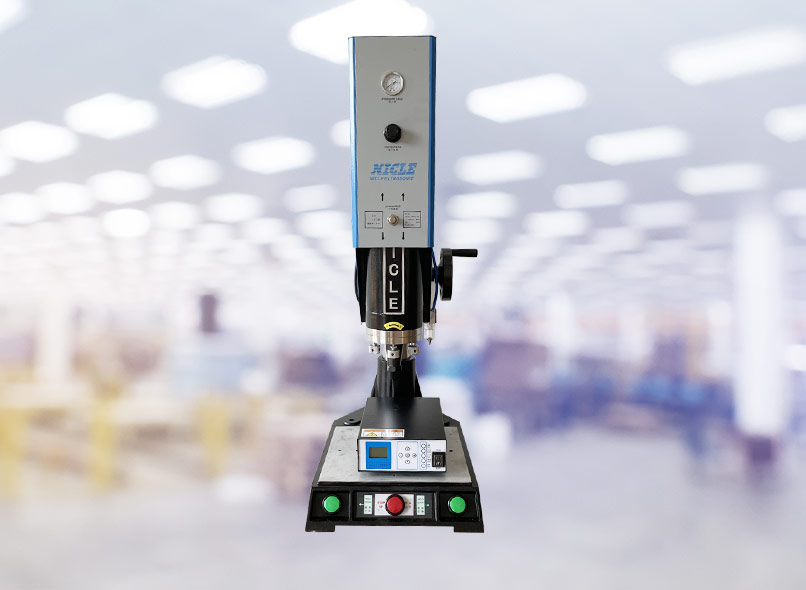What is the difference between ultrasonic welding and RF welding?

Ultrasonic welding and RF welding are two distinct methods commonly used in the field of welding. While both techniques serve the purpose of joining materials together, they employ different mechanisms to achieve this.
Ultrasonic welding, as the name suggests, utilizes high-frequency vibrations to generate heat at the interface of the materials being welded. This process involves applying pressure to the materials and subjecting them to vibrations at ultrasonic frequencies, typically in the range of 15 to 40 kHz. The vibrations create friction and localized heating at the joint, causing the materials to soften and fuse together. Ultrasonic welding is particularly effective for joining thermoplastics and other similar materials, as it allows for fast and precise bonding without the need for additional adhesives or fasteners.
On the other hand, RF welding relies on the application of radio frequency energy to generate heat. Also known as radio frequency welding or high-frequency welding, this technique involves placing the materials to be welded between two electrodes. An electrical current is then applied, creating an electromagnetic field that generates heat in the materials. The heat causes the materials to melt and bond together, forming a strong and durable joint. RF welding is often used for joining fabrics, films, and other flexible materials, as it can provide airtight and watertight seals.
In terms of advantages, ultrasonic welding offers several benefits. It is a fast process that can be completed in a matter of seconds, making it suitable for high-volume production. It also provides strong and reliable bonds, with the ability to join complex shapes and contours. Additionally, ultrasonic welding does not require the use of adhesives or solvents, making it a cleaner and more environmentally friendly option. However, it is important to note that ultrasonic welding may not be suitable for materials that are heat-sensitive or prone to thermal degradation.
On the other hand, RF welding has its own set of advantages. It can create watertight and airtight seals, making it ideal for applications requiring a high level of impermeability. RF welding is also capable of joining large and thick materials, as it can generate heat deep within the materials. Furthermore, this technique allows for precise control of the heating process, minimizing the risk of damage to delicate or heat-sensitive materials. However, it is worth mentioning that RF welding requires the use of specialized equipment and may have higher setup costs compared to ultrasonic welding.
In terms of applications, ultrasonic welding finds wide usage in industries such as automotive, electronics, medical, and packaging. It is commonly used for joining plastic components, such as casings, housings, and electrical connectors. RF welding, on the other hand, is often employed in the production of inflatable products, such as air mattresses, inflatable boats, and medical air bladders. It is also used for fabricating products like medical bags, protective clothing, and automotive interior components.
When it comes to limitations, ultrasonic welding may not be suitable for materials that have poor acoustic properties or large differences in thickness. Additionally, the joint strength achieved through ultrasonic welding may be lower compared to other welding methods. On the other hand, RF welding may not be suitable for materials that are sensitive to electromagnetic fields or that have low dielectric properties.
In summary, the main difference between ultrasonic welding and RF welding lies in the method used to generate heat. Ultrasonic welding relies on high-frequency vibrations, while RF welding utilizes radio frequency energy. The choice between these techniques depends on various factors, including the type of materials being joined, the desired properties of the final product, and the specific requirements of the application. Both ultrasonic welding and RF welding have their own strengths and applications, and understanding their differences can help in selecting the most suitable method for a particular welding task.





